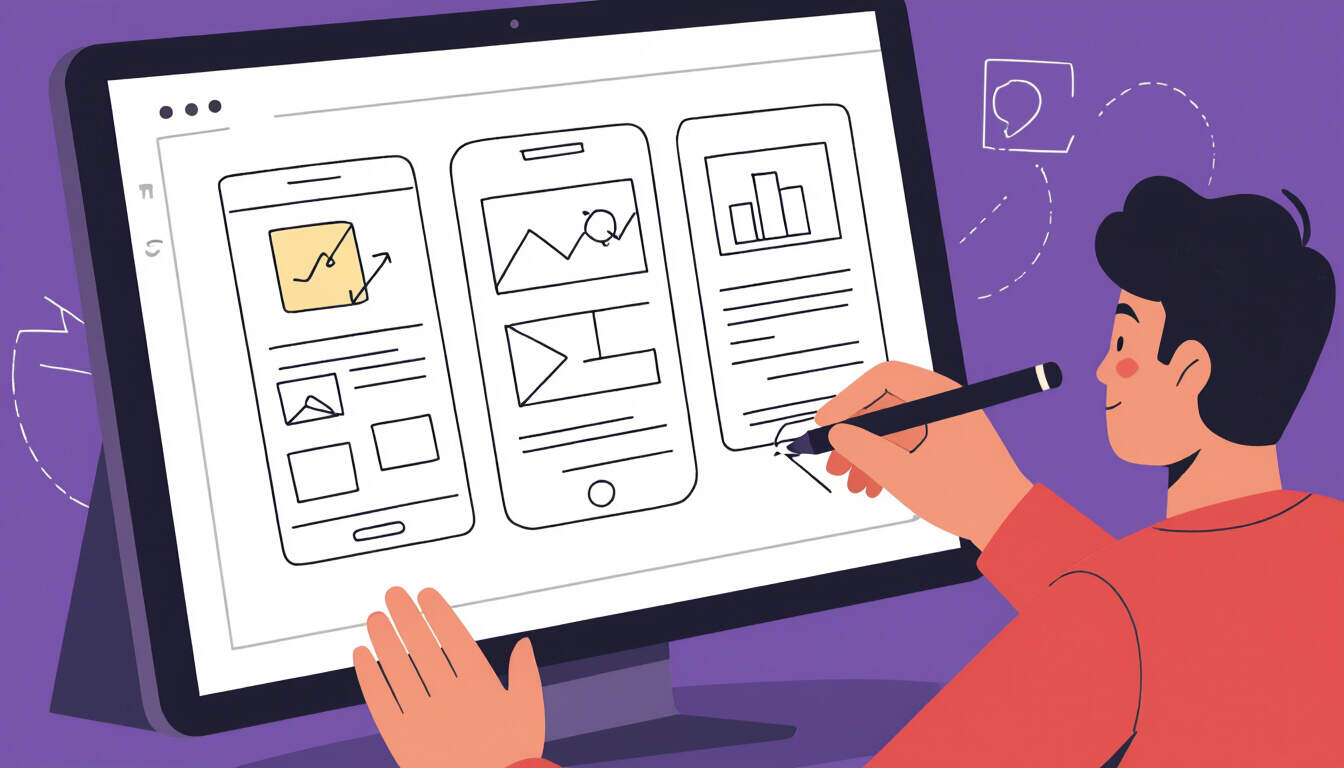Innovation Without Coding: Strategies for MVP Validation
 by Thaddeus Blanda
by Thaddeus Blanda
Zero-code tools offer a practical way for entrepreneurs to test ideas and validate MVPs without writing code. This approach speeds up innovation, reduces costs, and allows for quick iterations based on user feedback, making it ideal for startups and product managers.

Zero-code tools have transformed how ideas turn into testable products. These platforms let users build applications using visual interfaces and pre-built components. For entrepreneurs, this means bringing concepts to life faster than traditional coding methods.
In the early stages of product development, validating an MVP is essential. An MVP helps gauge interest and gather data before full investment. With zero-code tools, creating an MVP becomes straightforward. Users can drag and drop elements to form functional prototypes. This process focuses on core features that matter most to potential customers.
One key strategy involves starting with user needs. Identify problems your audience faces and build a simple version of your solution. For instance, if you're developing a new app for task management, use zero-code platforms to create a basic interface where users can add and track tasks. zero-code options make this accessible even without technical skills.
Another approach is iterative testing. Once your MVP is ready, share it with a small group for feedback. Tools that support easy updates allow you to refine based on responses. This cycle of build-test-learn keeps development aligned with real user preferences.
Consider the benefits of these tools in saving time. Traditional development often requires waiting for developers, but zero-code platforms enable immediate action. Entrepreneurs can experiment with different ideas and pivot quickly if needed.
When selecting a tool, think about ease of use and integration options. Some platforms offer templates for common applications, speeding up the setup process. For example, tools for mobile apps let you design responsive layouts without deep knowledge of programming languages.
Steps to Validate an MVP Using Zero-Code Tools
To get started, follow these practical steps:
- Define your core idea: Outline the main problem your product solves and the key features needed.
- Choose the right platform: Look for tools that match your project type, such as web or mobile apps.
- Build the prototype: Use visual builders to assemble your MVP, focusing on essential functions.
- Test with users: Share the prototype and collect feedback through surveys or direct interaction.
- Analyze results: Review the data to see what works and what needs improvement.
- Iterate and relaunch: Make changes based on insights and test again.
This method ensures that your innovation stays user-centered. By emphasizing quick builds, you reduce the risk of investing in unviable ideas.
Many startups have succeeded with this approach. They use zero-code to prototype and validate before scaling. This not only cuts costs but also builds confidence in the product idea.
Beyond building, zero-code tools often include features for data collection. For example, forms and analytics within the platform help track user behavior. This integration means you can validate assumptions directly from the tool.
For product managers, these tools offer a way to collaborate effectively. Team members can contribute without needing coding expertise, fostering a more inclusive environment. Visual interfaces make it easier to communicate ideas across the team.
In practice, combining zero-code with other strategies enhances results. For instance, pair it with market research to ensure your MVP addresses real demands. This holistic view strengthens validation efforts.
The motivation here is clear: anyone with a vision can innovate. Zero-code tools democratize access to technology, empowering entrepreneurs to turn thoughts into action. By validating MVPs efficiently, you set the stage for sustainable growth.
Remember, the goal is progress over perfection. Start small, learn from each step, and build from there. With these strategies, innovation becomes a reachable target for all.
As you explore options, keep in mind the scalability of your MVP. While zero-code suits initial validation, planning for future expansion is wise. This ensures your project can evolve as needed.
Ultimately, embracing zero-code for MVP validation opens doors to new possibilities. It encourages experimentation and adaptability, key traits for success in product development.
